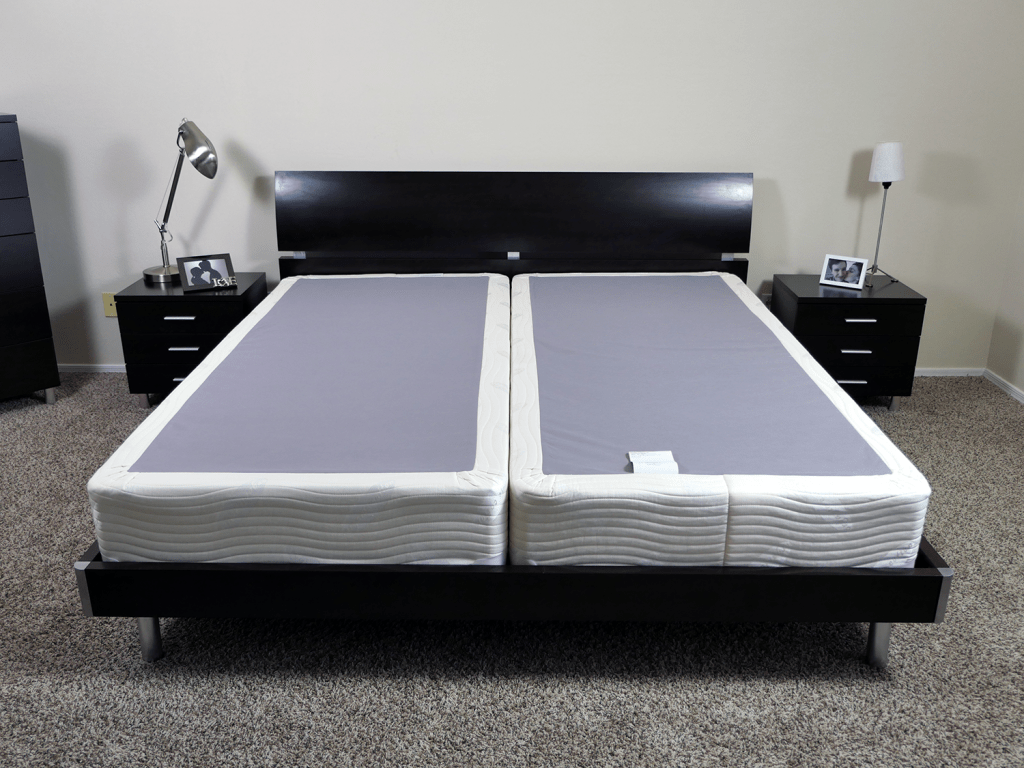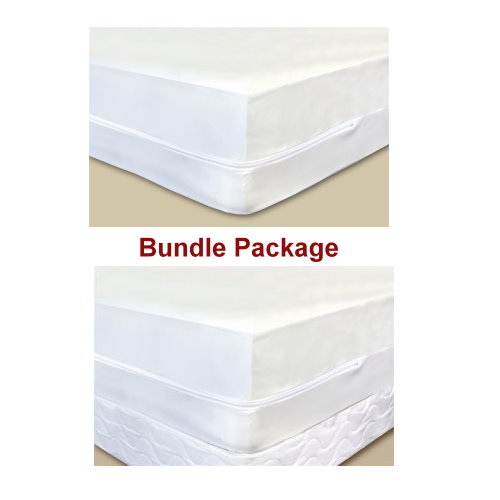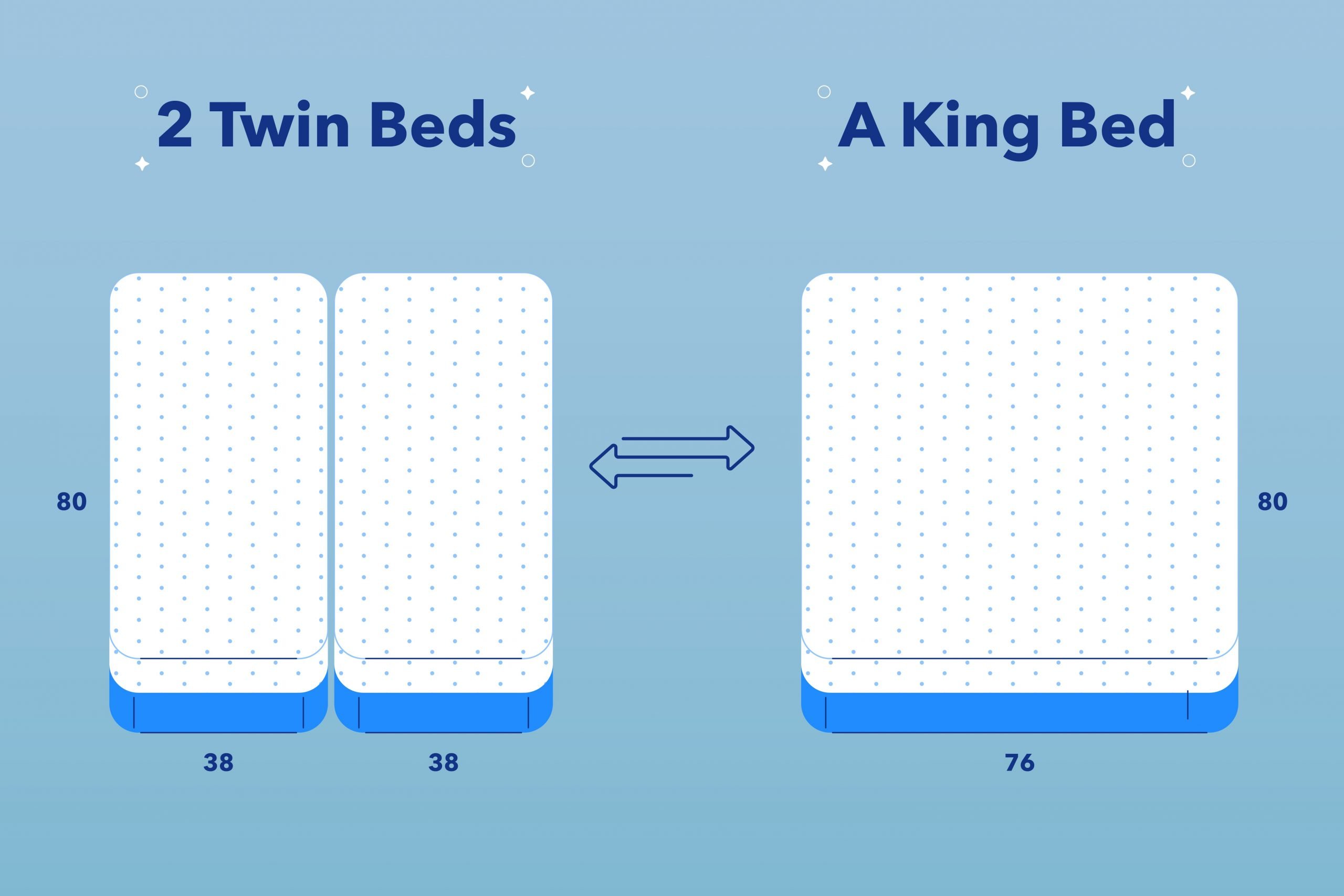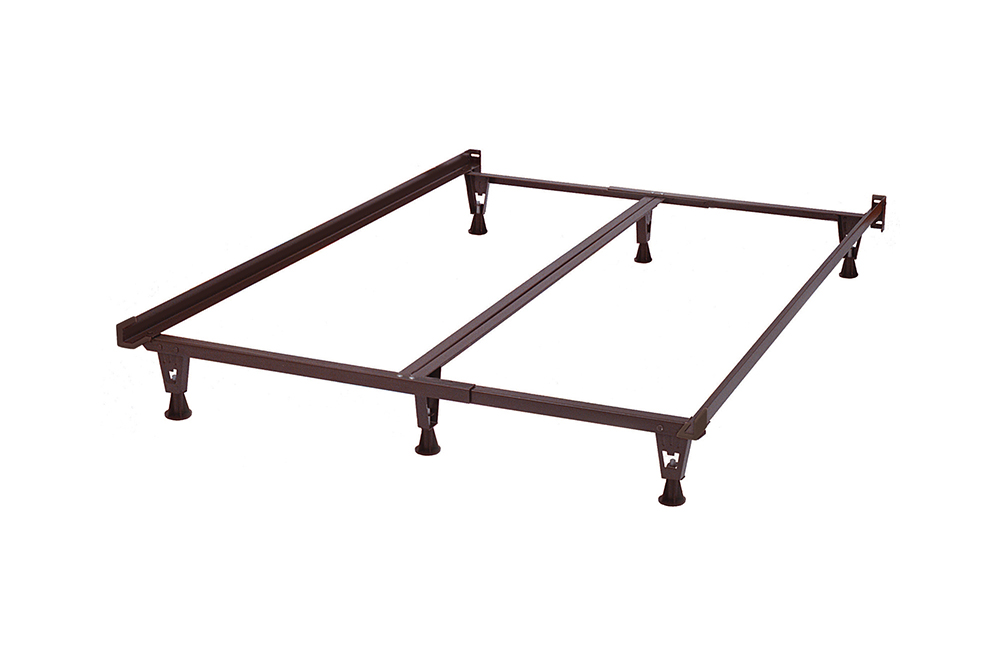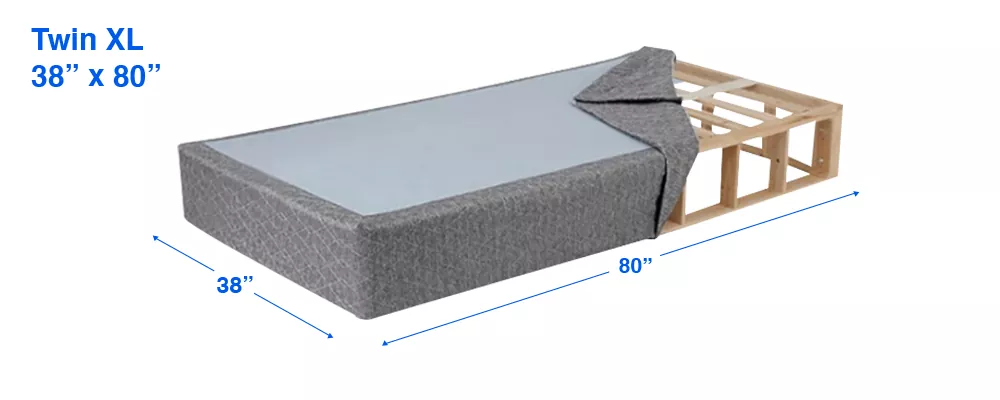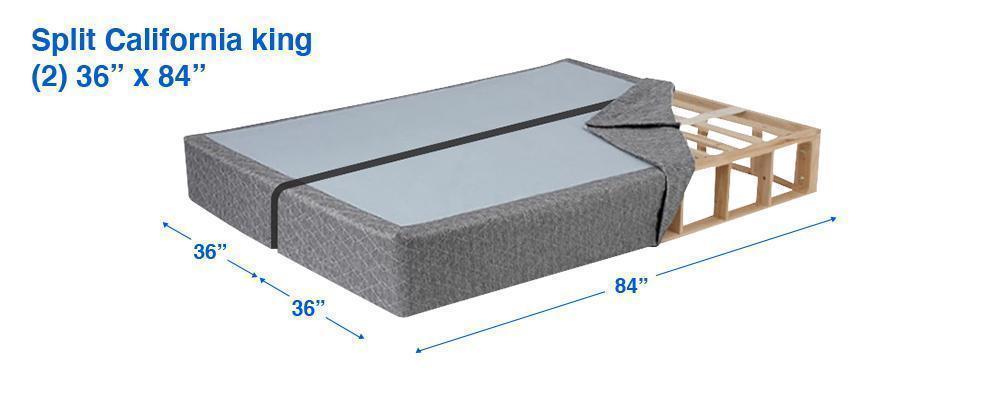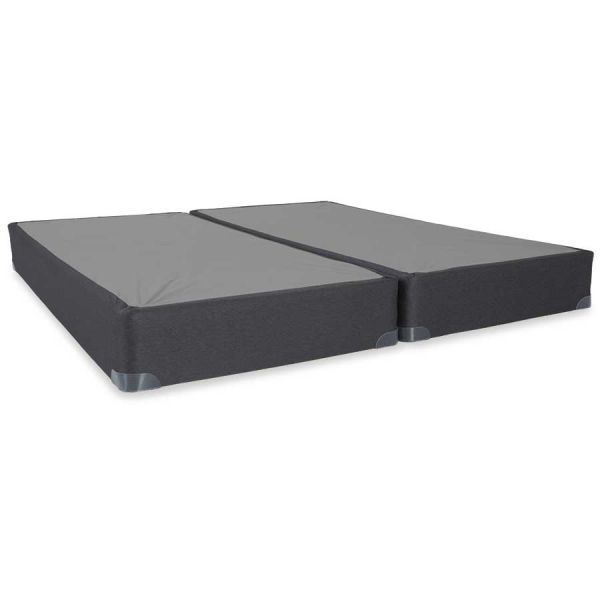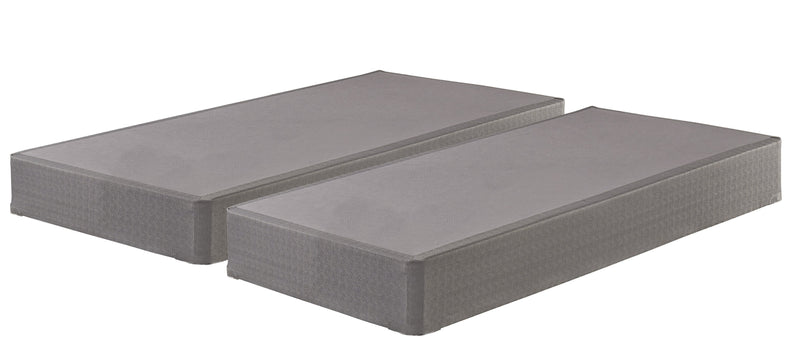Does 2 Twin Box Springs Equal A King
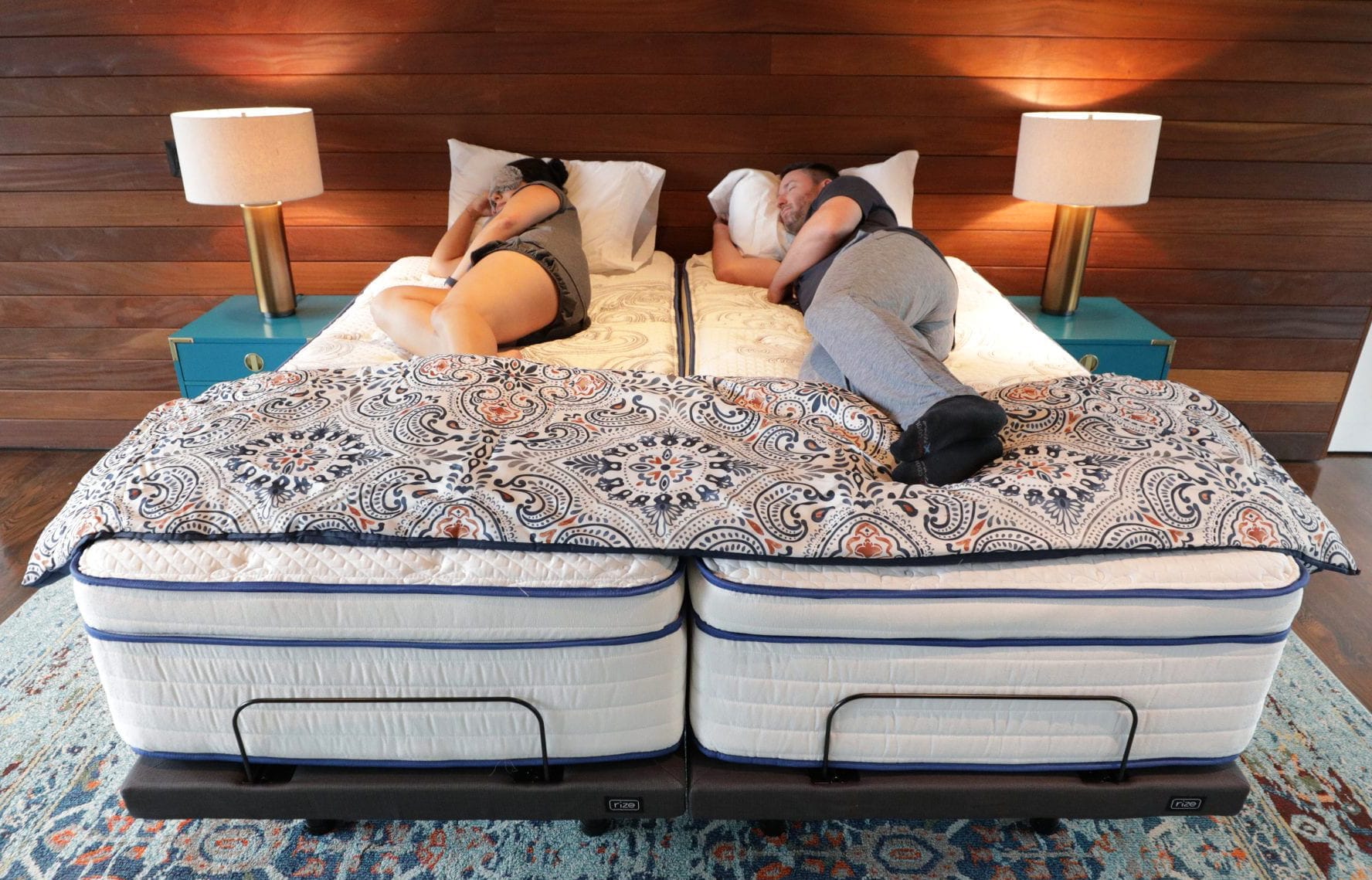
Consumers are urgently questioning a long-held bedroom belief: Do two twin box springs truly equal the dimensions and support of a standard king-size box spring? The answer, backed by industry standards and practical testing, might surprise you.
The assumption that combining two twin box springs creates a king-size foundation has been prevalent, particularly for logistical ease and cost savings, but discrepancies in actual size and support integrity are now raising concerns. This article dissects the myth, providing clarity for shoppers and retailers alike.
Dimensions Discrepancies: The Inch That Matters
A standard king-size box spring measures 76 inches wide by 80 inches long. A standard twin box spring, in contrast, is 38 inches wide by 75 inches long.
Therefore, two twin box springs side-by-side provide the correct width (38" + 38" = 76"). However, they are significantly shorter in length at only 75 inches compared to the king's 80 inches. This 5-inch difference can cause issues with mattress support and frame fit.
Support and Stability: More Than Just Size
Beyond the dimensional discrepancy, structural integrity differs. King-size box springs are designed as a single, unified support system.
Combining two twin box springs creates a split foundation. This can lead to a gap in the middle, uneven weight distribution, and potential mattress sagging, particularly for heavier individuals or couples, according to reports from Sleep Foundation.
The "Who, What, Where, When, How" Breakdown
Who: Consumers, retailers, mattress manufacturers. What: Questioning the equivalency of two twin box springs to a king. Where: Primarily affects bedrooms and online marketplaces.
When: The issue is surfacing now due to increased awareness and online comparisons. Why: Cost savings and ease of transport versus proper support. How: Through direct measurement, customer reviews, and expert analysis.
Expert Opinions and Industry Standards
Mattress Firm representatives have stated that while the width may align, the length disparity and divided support structure are significant drawbacks. They strongly recommend a single king-size box spring for optimal performance.
Several online forums and consumer feedback sites echo these concerns, highlighting issues with mattress stability and premature wear when using the twin box spring combination.
Practical Considerations: Frames and Mattress Warranty
Using two twin box springs with a king-size mattress may void mattress warranties if the foundation doesn't provide adequate, even support. Furthermore, some bed frames are specifically designed for a single king-size foundation, rendering the twin combination incompatible.
Always consult your mattress warranty and bed frame specifications before making a decision. Measurement is crucial.
Next Steps and Ongoing Developments
Consumers are advised to prioritize proper measurement and consider the long-term impact on mattress support and warranty before opting for the twin box spring solution. Retailers are encouraged to clearly communicate the dimensional differences and potential drawbacks.
Industry watchdogs are monitoring consumer feedback and potential warranty claim disputes arising from this issue. Further standardization and clearer labeling of box spring dimensions are anticipated.



